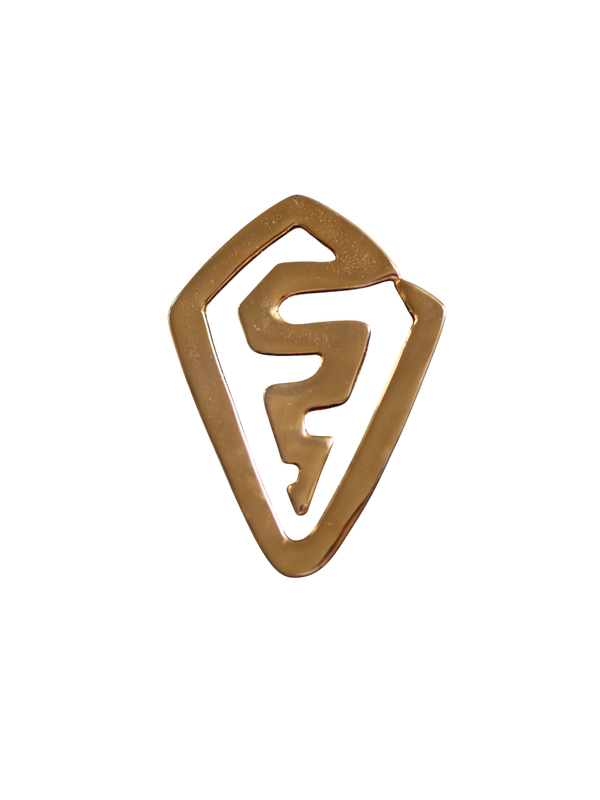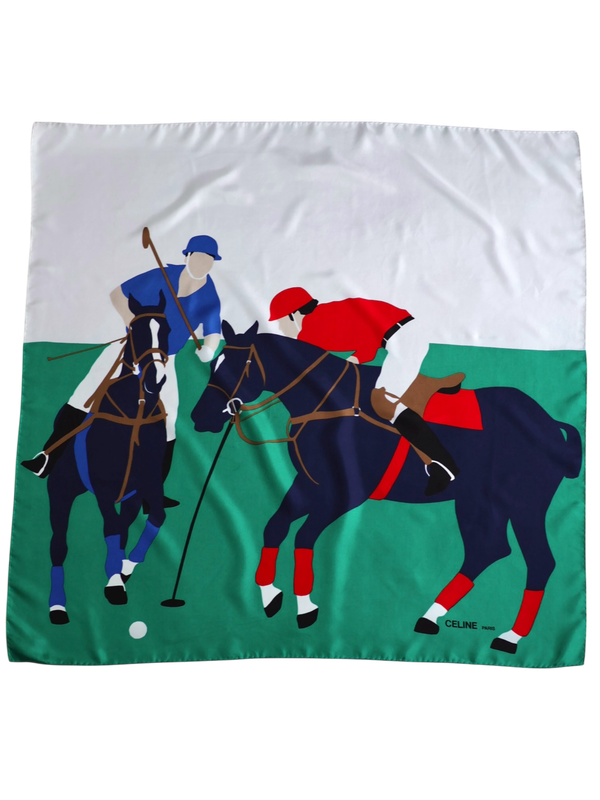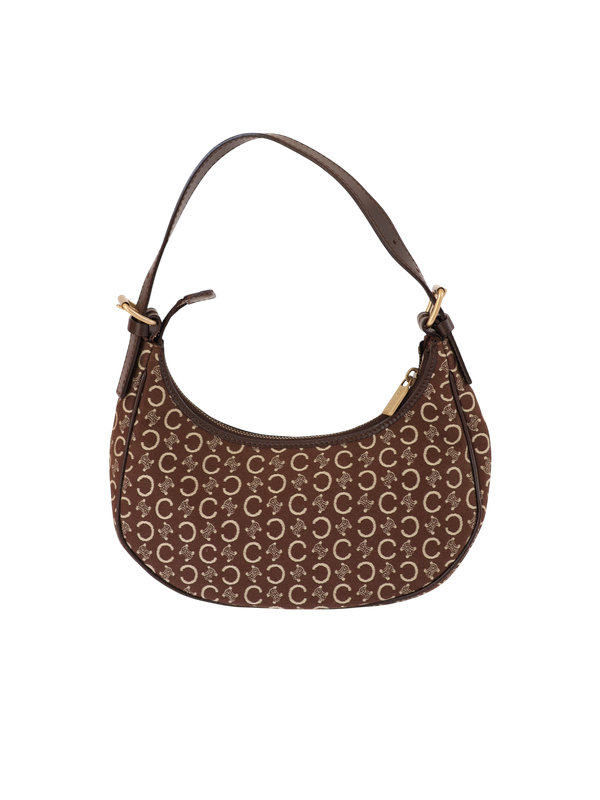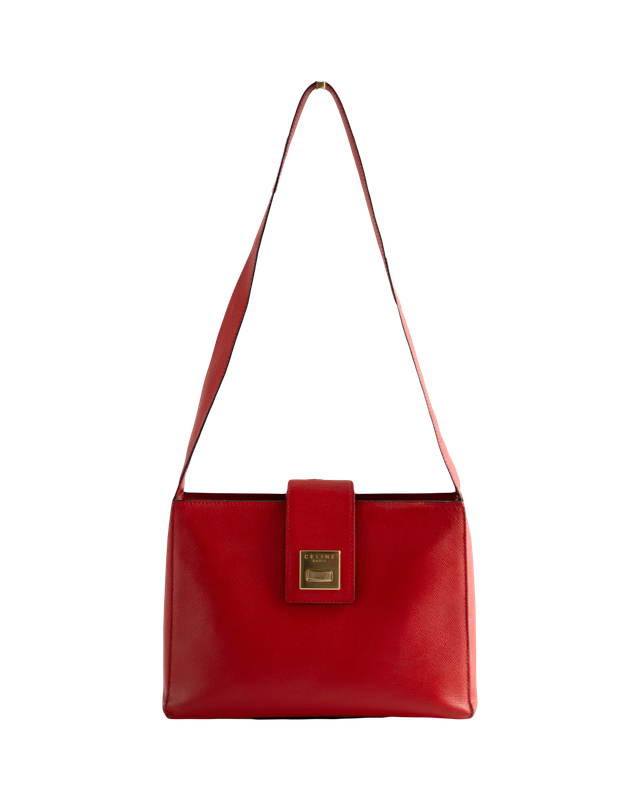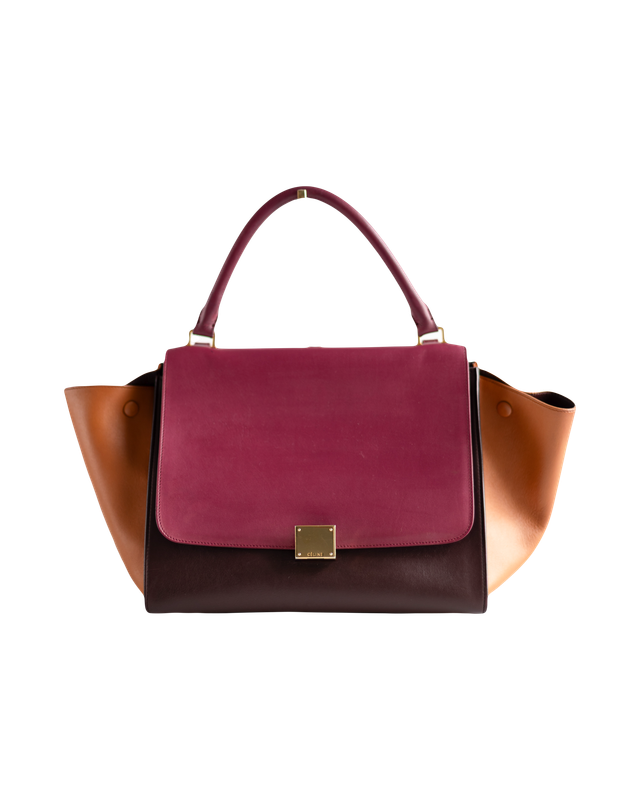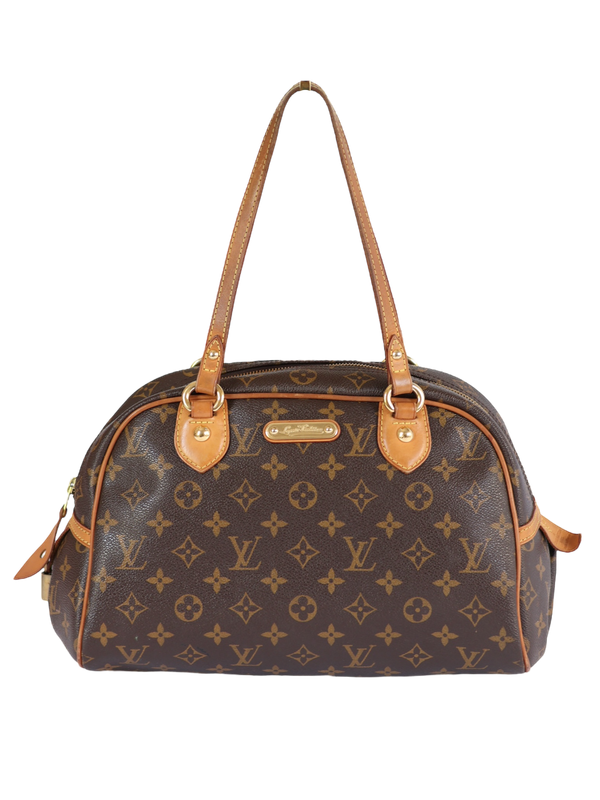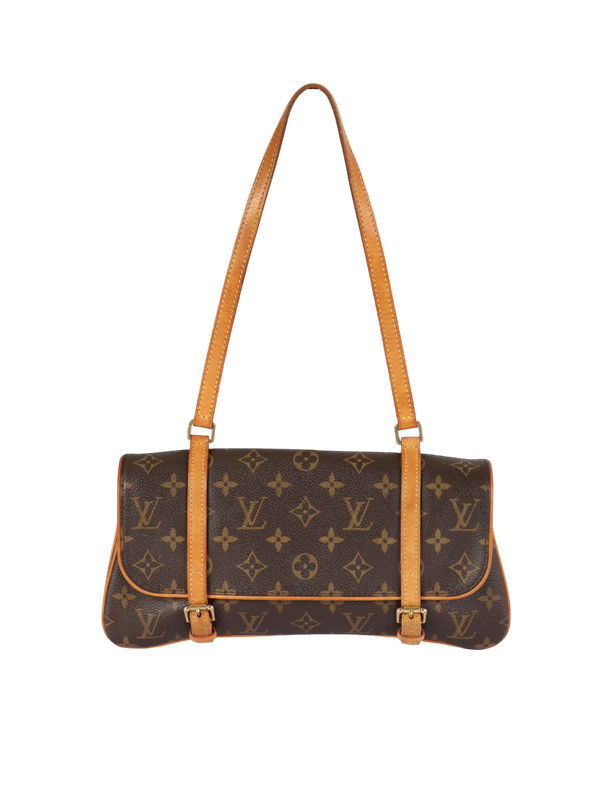Why Buying a Vintage Luxury Bag Is a Smart, Stylish Move
In the past five years, the global resale market for luxury fashion has grown 11 times faster than traditional retail. Platforms like Vestiaire Collective and The RealReal now move billions of dollars in pre-owned goods each year, and vintage handbags lead the way. For savvy buyers, this isn’t just a trend, it’s a strategy.
Timeless Icons, Proven Returns
Luxury handbags aren’t just beautiful, they’re assets. Hermès Birkin bags have shown 14% average annual growth over decades outperforming gold and stocks. Chanel’s Classic Flap has tripled in value in ten years. Discontinued models often sell above original retail. While trend bags come and go, vintage classics retain — and grow — in desirability.
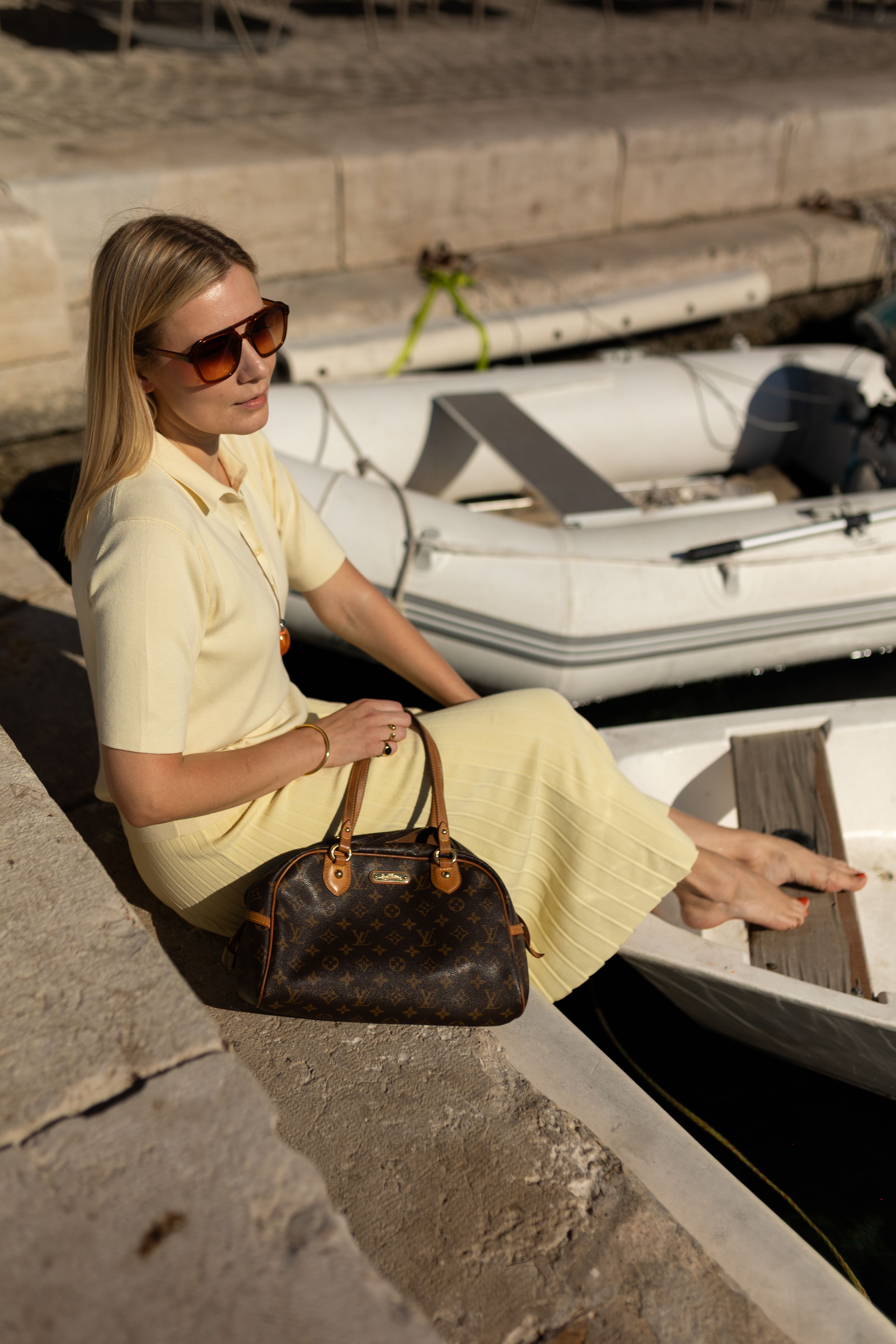 |
Rarity You Can Hold
Vintage means limited by nature. Most iconic pieces from the 1990s and early 2000s — Multicolore by Louis Vuitton, early Dior Saddle bags, archival Prada — are no longer in production. Demand for early 2000s models has risen 40% year over year. There’s no restock. That rarity is part of the magic.
Craft That Endures
Many vintage bags were made with meticulous, time-intensive techniques: hand-stitched details, solid brass hardware, top-grade leather. They were designed for longevity and it shows. Decades later, these pieces still hold shape, patina, and polish. That’s not nostalgia, that’s quality!
Quiet Sustainability
The fashion industry generates up to 10% of global carbon emissions. Vintage isn’t the solution but it’s a gentle resistance. No new production, no waste, no compromise. Extending the life of a luxury piece honors the work already done and makes space for a slower, more meaningful way to dress.
Style with a Story
A vintage bag does more than complete a look, it sets it apart. It signals depth, memory, and taste. It’s not about following trends, but about carrying something rare, with history and soul. That’s what people notice. And remember.
Vintage is more than a purchase. It’s a decision. A beautiful one.
